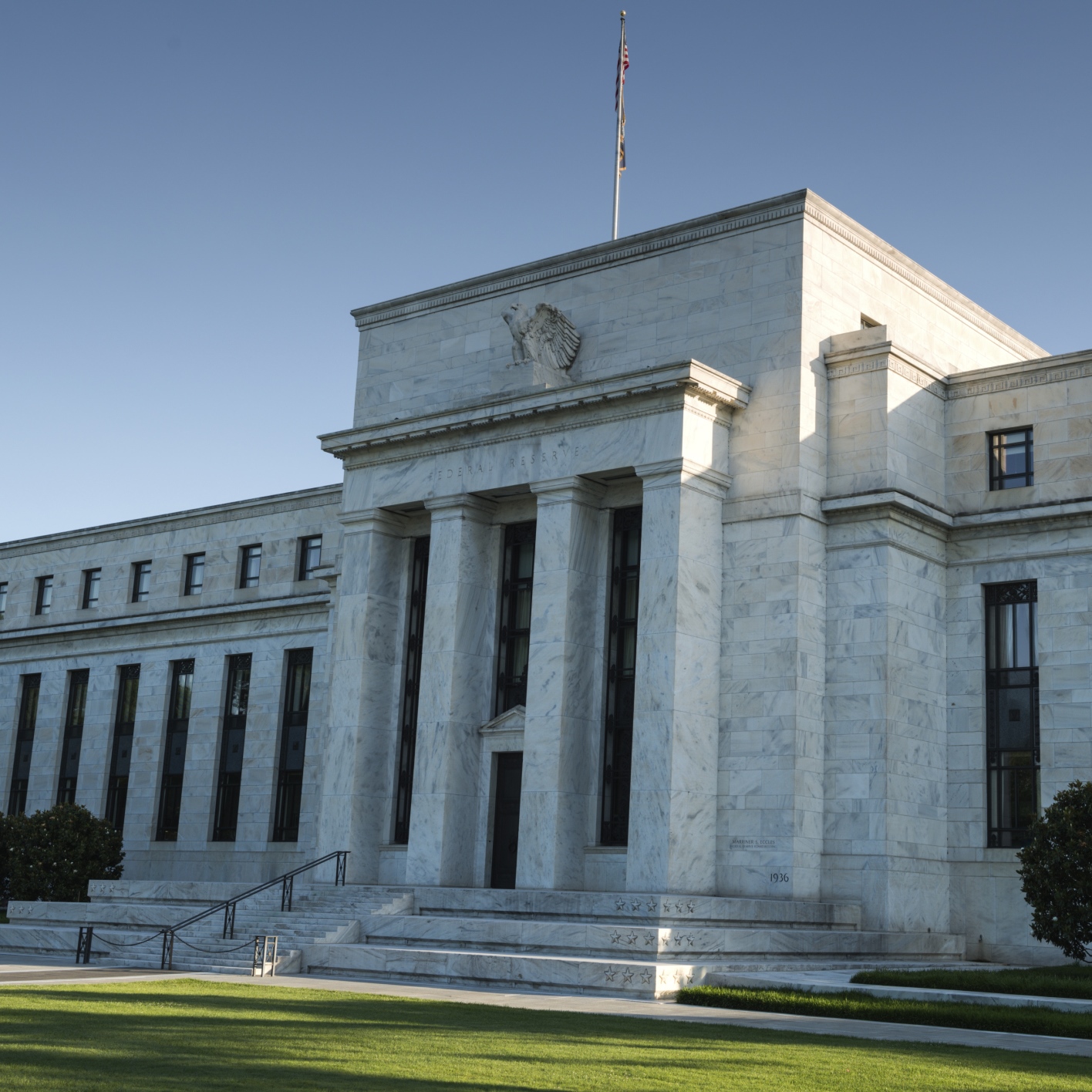Economy
FOMC Minutes Signal Fed Not Overly Worried About Inflation and Wage Pressures

Published:
Last Updated:

If you thought that one Federal Reserve FOMC meeting had a lot of details, there are always the expanded FOMC meeting minutes which give investors another look into how to interpret what the Fed officials were really thinking.
It is important to consider that the January 30 to January 31 FOMC meeting was effectively the changing of the guard now that Jerome Powell has replaced Janet Yellen as Chairman of the Federal Reserve. This was the last FOMC meeting with Janet Yellen on as Chair. The Fed also issued a reaffirmed statement on the longer-run goals and monetary policy strategy.
What also need to be considered is that the financial markets had not yet entered into the short-term panic mode, even if they did not a slight pickup in teh volatility indexes that was still quite low by historical standards.
The January 31 statement at the time of Yellen’s last meeting said:
Information received since the Federal Open Market Committee met in December indicates that the labor market has continued to strengthen and that economic activity has been rising at a solid rate. Gains in employment, household spending, and business fixed investment have been solid, and the unemployment rate has stayed low. On a 12-month basis, both overall inflation and inflation for items other than food and energy have continued to run below 2 percent. Market-based measures of inflation compensation have increased in recent months but remain low; survey-based measures of longer-term inflation expectations are little changed, on balance.
The minutes showed a staff review of the current financial situation, and this was introduced as follows:
Domestic financial market conditions eased considerably further over the intermeeting period. A strengthening outlook for economic growth in the United States and abroad, along with recently enacted tax legislation, appeared to boost investor sentiment. U.S. equity prices, Treasury yields, and market-based measures of inflation compensation rose, and spreads of yields on investment- and speculative-grade nonfinancial corporate bonds over those for comparable-maturity Treasury securities narrowed further. In addition, the dollar depreciated broadly amid strong foreign economic data and monetary policy communications by some foreign central banks that investors reportedly viewed as less accommodative than expected.
Other issues were shown as still having somewhat easy credit and “accommodative” and expansionary views:
There is good news here on the inflation front with the Fed seeming to believe that inflation wages and inflation were still nowhere close to out of hand. The more recent data have shown that the inflationary pressures were hotter than what was being seen by the Fed, but that was largely after the FOMC meeting date. Fed commentary on inflation and wages was shown below:
After all of that has been included, the FOMC does seem to still be committed to raising rates. There was also a mention of what a “neutral rate” might be ahead. The minutes said:
Many more details of actions, opinions, and longer-term views can be found in the FULL FOMC MINUTES.
The thought of burdening your family with a financial disaster is most Americans’ nightmare. However, recent studies show that over 100 million Americans still don’t have proper life insurance in the event they pass away.
Life insurance can bring peace of mind – ensuring your loved ones are safeguarded against unforeseen expenses and debts. With premiums often lower than expected and a variety of plans tailored to different life stages and health conditions, securing a policy is more accessible than ever.
A quick, no-obligation quote can provide valuable insight into what’s available and what might best suit your family’s needs. Life insurance is a simple step you can take today to help secure peace of mind for your loved ones tomorrow.
Click here to learn how to get a quote in just a few minutes.
Thank you for reading! Have some feedback for us?
Contact the 24/7 Wall St. editorial team.